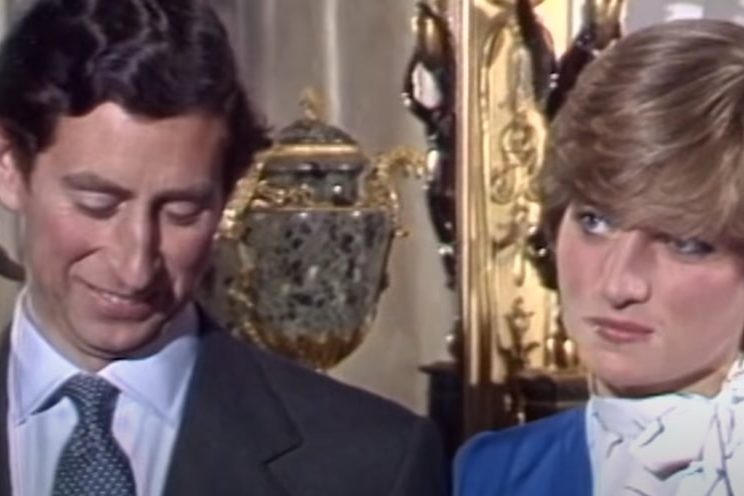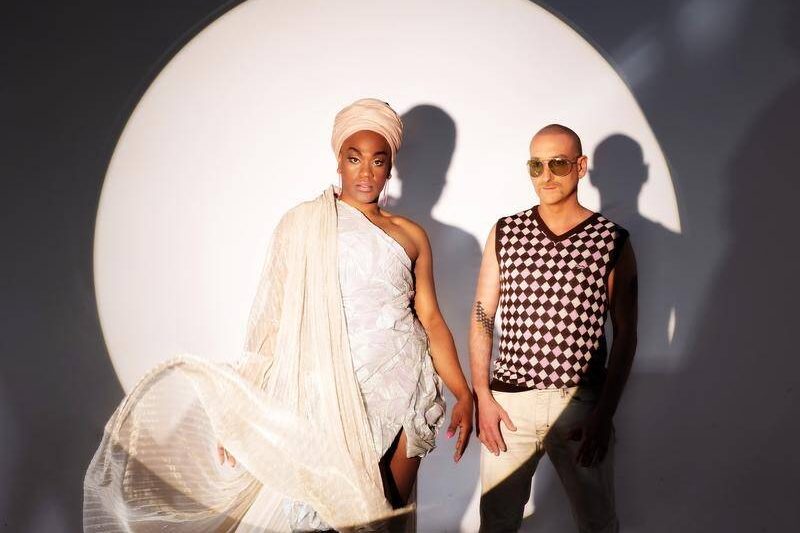
COLIN STEELE reviews an entertaining and informative book that explores the role of love as a psychoactive agent of history and art through essays on 50 objects.
Prince Charles, when asked in 1981 if he was in love with Diana, famously replied: “Whatever ‘in love’ means”, as he looked awkwardly at the floor.

The profusely illustrated, Love: A Curious History in 50 Objects by Edward Brooke-Hitching, if it had been available, might have provided Charles with a more considered reply.
Brooke-Hitching, a former factfinder for the BBC series QI, is the author of the bestselling books, Fox Tossing, Octopus Wrestling and Other Forgotten Sports (2015); The Phantom Atlas (2016); The Golden Atlas (2018); The Sky Atlas (2019); The Madman’s Library (2020) and The Devil’s Atlas (2021).
Brooke-Hitching’s entertaining and informative survey explores the role of love as a psychoactive agent of history and art through essays on 50 objects. They indicate that when it comes to love and the heart, little has changed over the millennia.
Brooke-Hitching notes: “Our species is at its most impressive, most terrible and strangest, when inspired to demonstrate the full furnace of our imagination, and nothing pours more petrol on that fire than love.”
The essays are roughly chronological. The earliest entry is of a sexually embracing couple, the Ain Sakri lovers, a stone carving of about 9000BC, while the last essay documents the golden phonograph recording of Sounds of the Earth that was sent out into interstellar space on Voyager I in 1977.
The record includes the brainwaves of a woman in love with Carl Sagan converted into sound – “the love story that left the solar system”.
Brooke-Hitching’s background on QI lends itself to some quirky and unusual commentary, spinning off items such as prehistoric carvings, phalluses, chastity belts, love spells in medieval manuscripts, a Viking guide to dating, wedding chains, romantic messages in artworks and codebooks, courting sticks and love spoons and combs.

Did you know that the dating app can be traced back to an ad in the Manchester Weekly Journal in 1727, but the woman seeking a man to share her life was publicly castigated and placed in a mental institution for a month.
Thomas Edison, taught his wife Morse code so they could tap out loving messages to each other and he even proposed to her in Morse code. But is love all pink hearts and Valentine’s Day roses – or is there a darker side?
Medieval physicians diagnosed love and heartbreak as serious illnesses. Is it better to have loved and lost than never to have loved at all?
And is it possible to die of a broken heart? The practice of preserving the heart, the ancient symbol of the soul and emotion, symbolised lovers being united in death.
Perhaps the most famous literary heart is that of poet, Percy Bysshe Shelley (1792-1822), whose heart was eventually retrieved from an Italian beach grave and given to Mary Shelley, who reputedly kept it in her desk, wrapped in the pages of one of his last poems, Adonais, until her death 30 years later.
Jennifer Lopez once commented: “Think I’m gonna spend your cash? I won’t. Even if you were broke, my love don’t cost a thing”, but historically women especially were often commodities and dowries applied and just think of Jane Austen’s heroines.
In 1832 the Dorset County Chronicle carried an advert by a widower seeking “a woman to look after the pigs while I am out at work”. The notion that you can pick your own partner based on love is a relatively modern one.
From the female perspective, Brooke-Hitching reports that the idea for his book was found in the armpits of 19th-century rural Austrian women.
When women danced they did so with slices of apple tucked into their armpit. Men would surround them in a circle. When a woman decided that her apple was sufficiently soaked in sweat, she would present it to the suitor of her choice.
If he wished to accept the proposal, he would eat the “soggy slice” to share “her personal fragrance”. If he declined, the woman would place the slice back under her arm and resume dancing.
Samuel Johnson believed: “Marriage is a triumph of imagination over intelligence. Second marriage is the triumph of hope over experience”, while American columnist Franklin P Jones stated: “Love doesn’t make the world go around. Love is what makes the ride worthwhile”.
Perhaps the best way to conclude is with In The Art of Love by the Roman poet Ovid in which he argues that to retain a woman’s love is “not forgetting her birthday” and “not asking about her age”.
Love: A Curious History in 50 Objects, by Edward Brooke-Hitching. (Simon & Schuster, $55).
Who can be trusted?
In a world of spin and confusion, there’s never been a more important time to support independent journalism in Canberra.
If you trust our work online and want to enforce the power of independent voices, I invite you to make a small contribution.
Every dollar of support is invested back into our journalism to help keep citynews.com.au strong and free.
Thank you,
Ian Meikle, editor




Leave a Reply